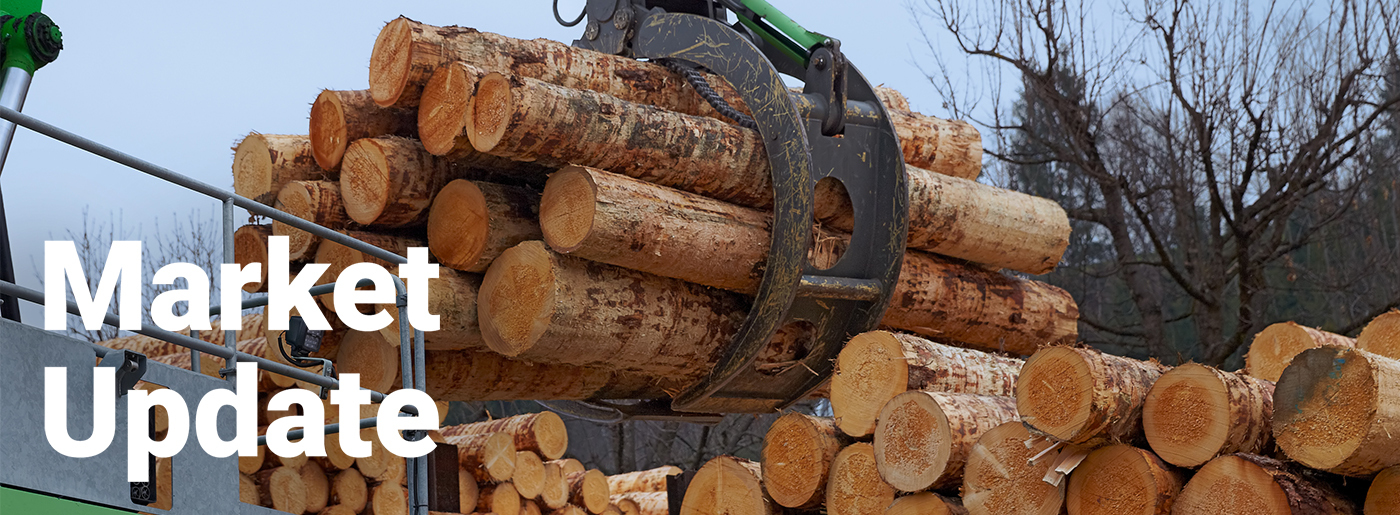For a time, the hardwood market was dominated by supply. According to importers, it is now solidly demand-led.
The United Kingdom is generally well-stocked. The previously tight supply that characterised trade across the board has softened, but not from all sources, and prices are no longer on an upward trend. Indeed, there has been significant softening in some places and species. Some logistics concerns remain, although previously exorbitant container freight rates out of the Far East have dropped dramatically.
At the same time, sales have been pretty resilient up to this point, with importers describing the first nine months of 2022 as “solid-to-good.” However, the looming cloud is clearly the deteriorating economic condition. Consumer confidence is being eroded by rising interest rates and energy price inflation. According to the Bank of England, the UK is already in recession, while the World Bank believes “one more moderate hit” will throw the global economy into recession.
With all that in mind, here is a breakdown of the present UK hardwood market by geographical location of origin, as 2022 draws to a close:
North America
After a strong two years, demand is contracting in important markets for US hardwood. Domestic sales are cooling, China and Vietnam are struggling, and Europe is slowing. With prices and demand falling and expenses rising, one importer recently commented, there is now a lot of sitting and waiting for things to recover across the supply chain in order to avoid selling at a loss (albeit some are forced to sell to keep things moving). As a result of the scenario, prices for the same product vary widely — “as much as 30% from top to bottom,” according to one importer.
The most frequently discussed US hardwood price reduction is in white oak, namely 4qtr. Over the last six months, 8 and 10qtr were down only 5-6%, but 4qtr was down 25%-40%. White oak inflation is thought to have influenced interest in red oak, which was rising at the time white wood prices peaked. The next largest price decrease among US species is in 4qtr tulipwood, which has been reported to be down 20-30%. Although ash has been steadier, walnut has also weakened.
In the United Kingdom, price cuts in the United States have been offset by the pound’s weakness against the dollar. However, if sterling’s recovery continues, this is expected to change. While some importers report an improvement in US logistics, others claim the US has not entirely recovered from pandemic disruption, citing labour shortages as the main concern.
Europe
The war in Ukraine and embargoes on Russian and Belarussian imports have had no visible influence on the European oak market, according to European importers. Availability concerns appear to have been rectified, and costs are said to have dropped by 5-6%. According to an importer, an expected increase in log prices may produce some inflationary pressure, but how much of that is passed through the supply chain depends on demand. The market’s relative stability is ascribed to falling European consumption and, according to one importer, some clients switching to US oak when European oak supply issues were at their peak and not switching back.
Due to “huge export demand,” European beech availability is said to be tighter. Prices have risen by 8-10%, according to reports. The impact of the embargoes on Russian timber is most seen in Siberian larch. However, one importer-distributor did not anticipate it being restricted from the UK and the larger European market.
Africa
Sapele prices have risen by 10-15% in the last four to five months, with other species following suit and further gains projected due to growing energy costs. “African mills seem very vulnerable to the fuel crisis. There are shortages and intermediaries between suppliers and markets are exploiting the situation and pushing prices up further,” said an importer. Long African lead times have already been increased, with the fuel crisis compounding long-standing infrastructural and wider logistics challenges. According to one importer, “there’s a lot of price inflation yet to hit the UK market” because of the lead times.
Lower volumes of the UK’s preferred species, sapele, iroko, and utile, coming out of current harvesting zones have worsened African inflation. At the same time, there appears to be minimal movement toward secondary African types. “End users are still reluctant to change,” said an importer-distributor, adding that development of engineered products – such as laminated and finger-jointed sections – at the source might give lesser-known species a boost.
Asia
The availability of Malaysian certified products has been reported to have decreased as a result of PEFC suspending some concession’s certificates, while production and logistics issues caused by the epidemic have yet to be handled. Some costs have fluctuated as a result, with Indonesian decking, for example, reported to be “up 3-4% then down the same.” The good news is that container costs are dropping out of Asia. They were reported at US$16,000-$20,000 at their height in 2020/21, compared to US$2,500 pre-Covid, and are now claimed to be around US$4,000- $5,000.
Conclusion
At Quercus, we are not immune to the factors influencing the wider market. Where we do try to be different, however, is our focus on providing our customers with the best timber available for the projects they are working on. That could mean helping customers stretch a budget, or it could mean offering expert advice on replacement timbers that would make a good substitute. To find out how we can help, please call us on 0845 50 50 311.

